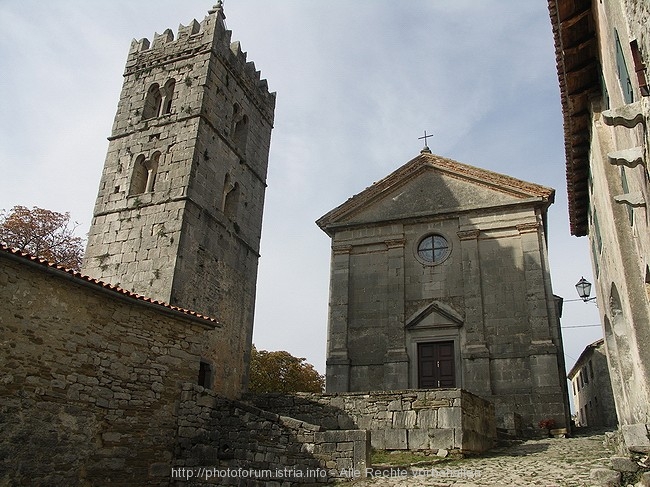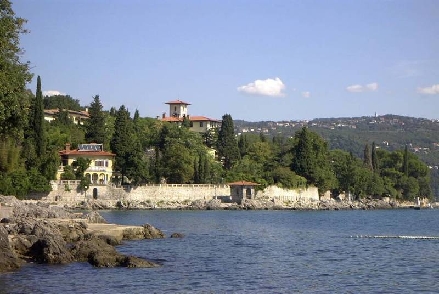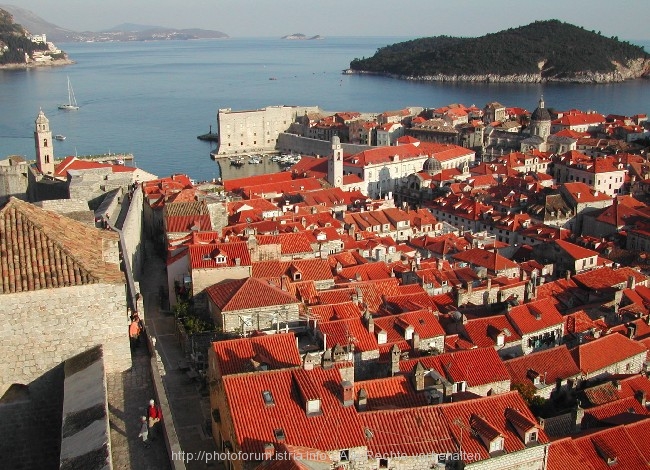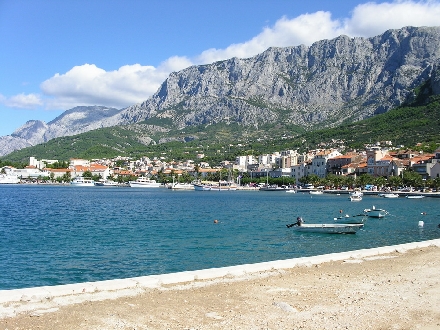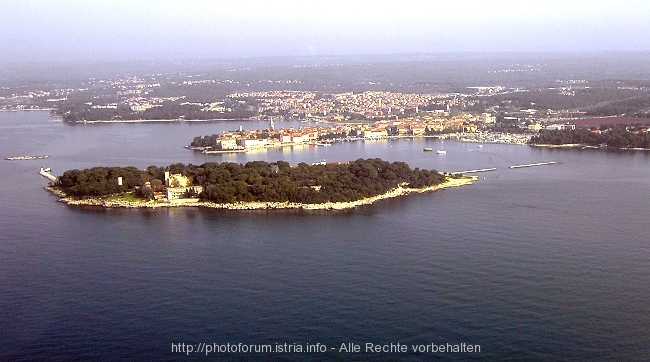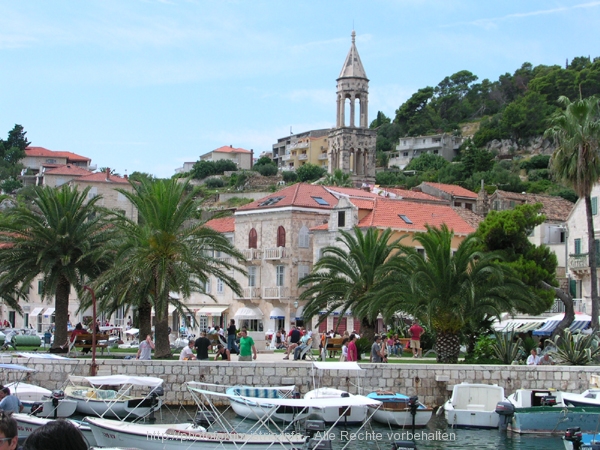
Hvar Island, located in Dalmatia, Croatia, is one of the most beautiful islands in the world. Hvar Island covers an area of 290 sq. km, with a population of under 15,000 inhabitants. The yearly average temperature is 16 degrees Celsius, with an average of 7.7 sunshine hours per day.
The island has been inhabited since 3,500 BC. Hvar was then colonized, in turn, by the Greeks (4th Century, BC), the Slavs (7th Century), the Republic of Venice (12th Century), the Kingdom of Hungary (1238), the Venetian Republic, the French Empire (during the Napoleonic Wars), and the Austrian Empire. It became part of the Republic of Croatia in 1992.
The major places to visit in Hvar are: the town of Hvar, Stari Grad, Jelsa, Sucuraj, and Vrboska. They are all located on the coast. The east cape of the island (Sucuraj) is located just 6 km away from the mainland. The town of Hvar and other towns and villages on the island have many architectural and cultural monuments that await discovery. Friendly people, pristine beaches and bays, a rich history and culture, the scents of lavender, olive trees, and wine are some of the reasons that Hvar makes for a perfect vacation in the Mediterranean sun.
